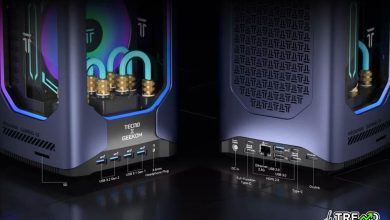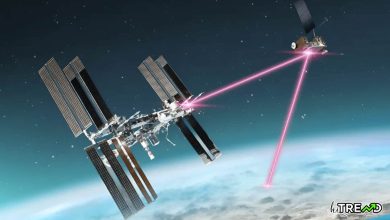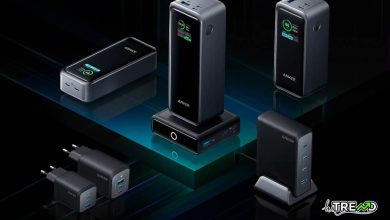Breakthrough 820 Wh/kg battery ditches nickel and cobalt for manganese
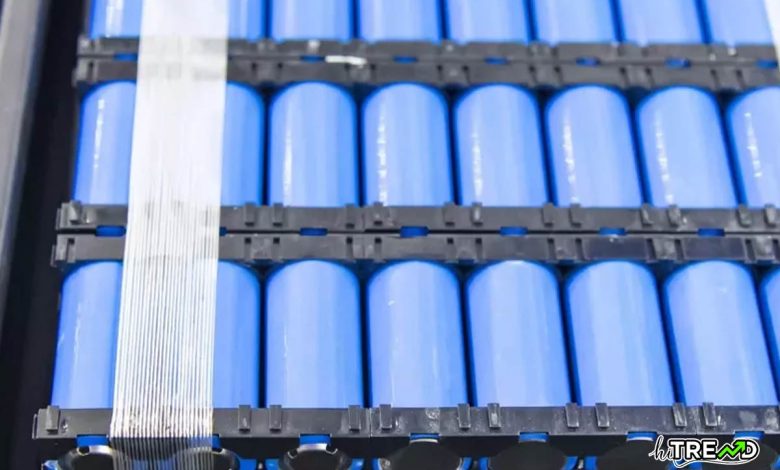
What just happened? Another day, yet another battery breakthrough. Researchers have unveiled a promising lithium manganese oxide battery technology that hits a whopping 820 watt-hours per kilogram energy density without voltage decay, besting conventional lithium batteries that are usually half as dense.Breakthrough 820 Wh/kg battery ditches nickel and cobalt for manganese
Lithium-ion batteries that powerour phones, laptops, and electric vehicles commonly use nickel and cobalt in their cathodes, which can make them pricey and not exactly eco-conscious given the extensive mining they require. However, this new breakthrough replaces those pricey metals with manganese.
According to research published in ACS Central Science this week, nanostructured lithium manganese oxide cathodes can achieve excellent energy density reaching 820 Wh/Kg. That’s competitive with today’s top nickel-based cathodes (around 750 Wh/kg), and way better than other attempted low-cost lithium alternatives at just 500 Wh/kg.
You can read more Technology articles
High energy density is just one piece of the puzzle. These manganese cathodes also demonstrate outstanding fast-charging capabilities, which is a big perk for EVs where you don’t want to be tethered to a charging station for hours.
On top of that, unlike some other manganese batteries, they don’t seem to suffer from voltage decay. Voltage decay is a phenomenon where the voltage decreases over time, reducing the performance and responsiveness of electronics. It’s common in manganese-based materials.
it comes down to controlling the crystal structure and phase transitions in lithium manganese oxide at the nanoscale. By synthesizing a nanostructured form with a monoclinic layered domain, they were able to stabilize the material in an optimal structure.
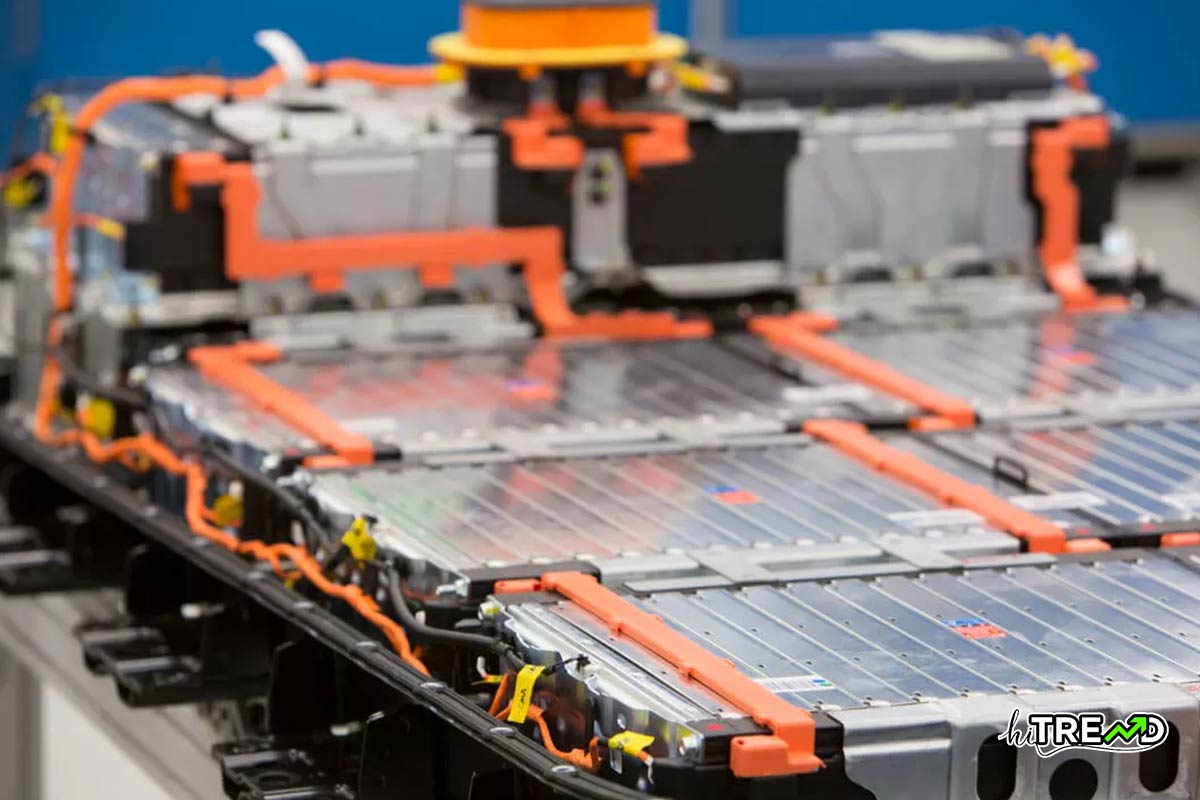
That nanoscale monoclinic crystal arrangement is the key that unlocks manganese’s true high-performance potential as a battery electrode. It allows phase transitions that prevent the cathode from getting structurally trapped in a low-capacity state.Breakthrough 820 Wh/kg battery ditches nickel and cobalt for manganese
The only downside is that manganese is pretty soluble and can dissolve over time in the battery. Overcoming this issue remains a challenge, but the researchers found it could be mitigated by using highly concentrated electrolytes and a lithium phosphate coating.
Follow HiTrend on X

